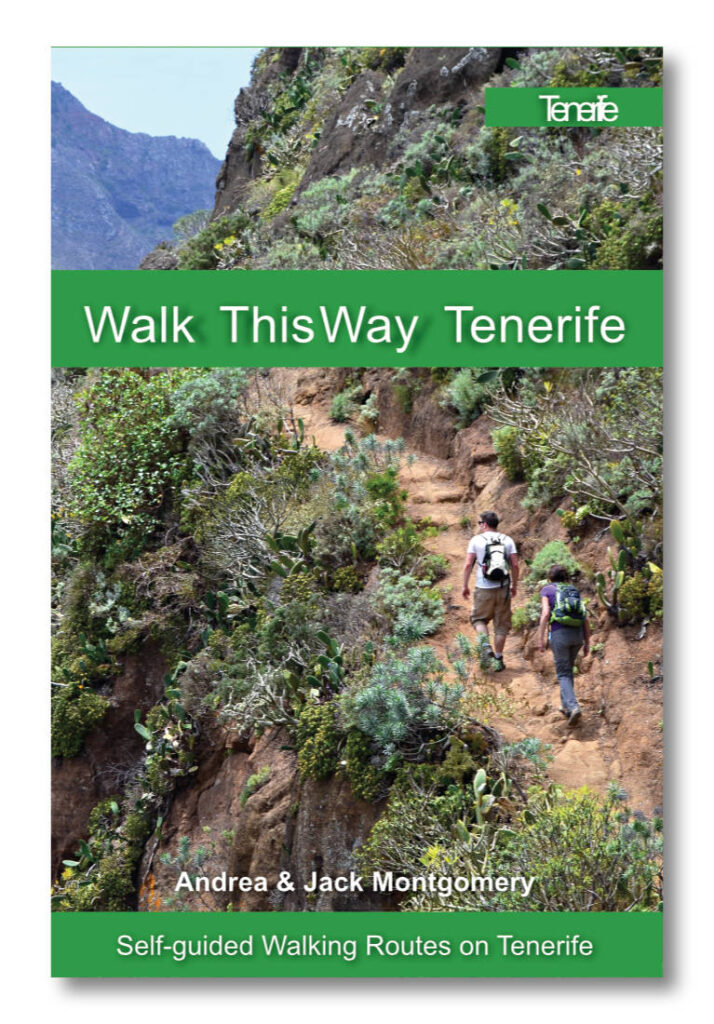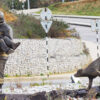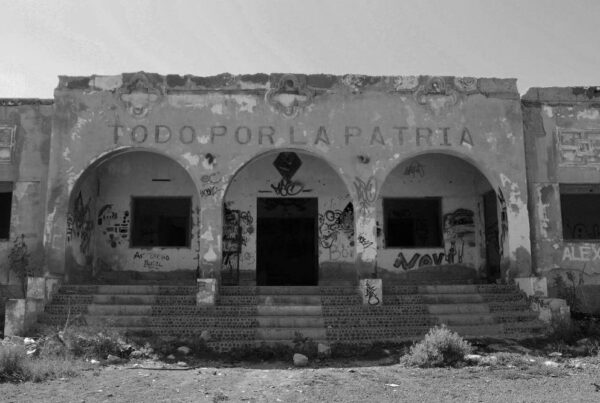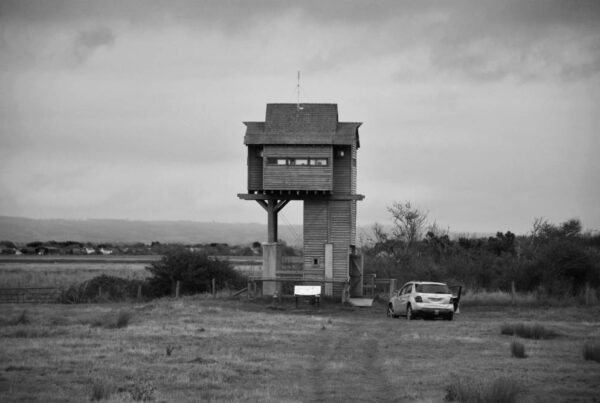Why write it? What makes it different from any other travelogue about life in another country?
These are the sort of questions I beat myself up with before, during, and after writing Camel Spit & Cork Trees: A Year of Slow Travel Through Portugal.
There has to be something out of the usual to warrant writing a book and expecting others to read it … doesn’t there? To convince myself I met this criteria, I scrawled out ten reasons why I felt justified in penning a book which documented four seasons of living in Portugal.
Travel writer and Slow Travel specialist
There are oodles of travel writers out there, but there aren’t many who are also Slow Travel consultants, pulling together specialist cultural holidays in under-the-radar locations. We’re guinea pigs, testing out locations as being suitable for like-minded people. This makes our experiences of any destination different from even that of other writers.
Loving the little details
Instead of queueing to squeeze onto Lisbon’s tram 28, I’m sipping a ginjinha in a hole-in-the-wall bar with a sticky wooden counter discovering why I should thank a drunken clown for the sweet concoction in my hand. I’m intrigued why most cafes in Portugal sell samosas, or why traditional boats in the north have soft-porn scenes on their prows. I want people who read the book to proclaim every now and again, “well, I didn’t know that.”
Living beside a smuggler’s path
For four months we lived in a house next to a smuggler’s trail beyond the back of beyond in a remote Alentejano valley on the border with Spain. Walk 100 yards up the hill and we jumped ahead in time an hour. Border living can be quite bizarre. The book highlights this.
I’m a foodie
Here’s how I tend to choose from menus in places I don’t know well. ‘Hmm, I’ve no idea what that is. I’ll have it.” Sometimes it pays off, sometimes it doesn’t. When it comes to local gastronomic specialities, I happily jump in. Portugal’s food features a lot in Camel Spit & Cork Trees, with speciality dishes tried and tested including pig’s blood rice, offal stews, and camel spit. There are lots of nice-sounding things to look out for too.
Doing it on foot
Paths through a country’s hinterland may reward with scenic wonders, but many provide insights into both past and present; walking them helps paint a detailed picture of the people who have walked their ways before. From clifftop trails above golden beaches in the Algarve to paths bordered by vine trellises on the Caminho de Santiago in the north of Portugal, we hiked a lot of Portugal’s countryside, getting to know the place better with every step.
A new look at old favourites
Our remit when visiting anywhere is to find the less obvious attractions, so Camel Spit includes quests to find different aspects to the likes of Lisbon, Porto, Coimbra, and the Algarve, as well as those towns, villages and areas which aren’t familiar.
Living on a farm south of Lisbon
The second half of the book is set in an odd little oasis – a farm with sheep, ducks and too many cats beside a cork forest and a stork colony. The house we live in is the former wine press – cool in summer, and bloody chilly in winter … even when it’s warm outside. There are no other British people anywhere in the vicinity. It has been unlike anywhere we’ve ever lived, and that includes a renovated cow shed in a banana plantation.
Quirky characters
Every travelogue has to have a cast of colourful characters; Camel Spit is no different in that respect. Often quirky characters in travel books are classed as being stereotypes. But anyone who travels extensively knows when you seek out interesting things, you find interesting people. There’s no question our job opens doors, which is how we can find ourselves dining with a count in a mansion in the Minho.
Diversity junkie
I’m fuelled by diverse experiences – whether it’s sipping a Porto tónico on Porto’s riverside or quenching my thirst from a spring on a mountain trail; browsing a designer outlet in a former palace in Lisbon or negotiating for blood sausages in a village shop; attacking a meaty francesinha in a cafe in Porto or being wowed by a goat cheese ice cream/scallop combo in a trendy restaurant in Sétubal; exploring the historic Jewish quarter in Castelo de Vide or following a poet’s trail through the stone pines above the Algarve; discovering dinosaur footprints on rocks on the Costa Negra or learning why bats and books go together in an opulent library in Coimbra. Variety is the spice of my life.
Where is that place?
It’s mostly about a Portugal that many people won’t know.
Ultimately, Camel Spit & Cork Trees is for like-minded travellers; those people who like to get under the skin of the places they visit – who will relish heading off-the-beaten-track a little to discover the food, culture, history, people, personality and quirks of what is a quite incredible and often surprising country.












